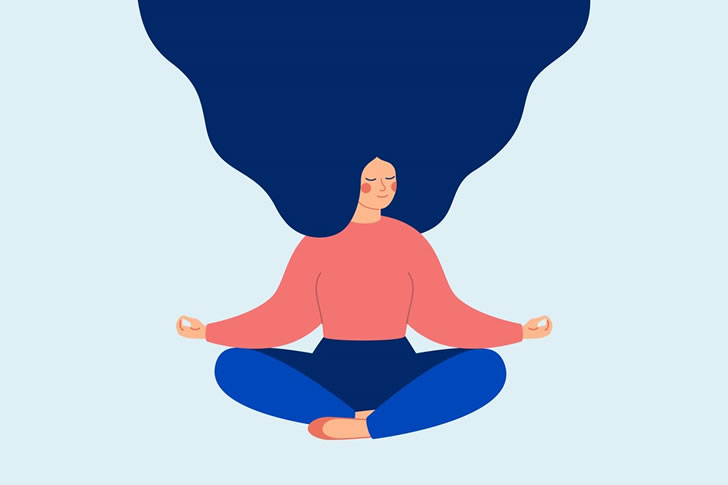Mindfulness Meditation: A Life-Changing Practice
In our fast-paced and often chaotic world, the pursuit of inner peace and mental clarity has become more crucial than ever. Mindfulness meditation, a practice rooted in ancient wisdom, has emerged as a powerful tool for achieving this goal. With its ability to reduce stress, enhance well-being, and cultivate a deeper understanding of oneself and the world, mindfulness meditation has indeed proven to be a life-changing practice.

Understanding Mindfulness Meditation:
Mindfulness meditation is a form of meditation that emphasizes living in the present moment with full awareness and acceptance. It draws inspiration from Buddhist traditions but has been adapted and secularized for use in contemporary life. The essence of mindfulness meditation is to observe your thoughts, emotions, and sensations without judgment, allowing you to gain insight into the workings of your mind.
The Science Behind Mindfulness Meditation:
Numerous scientific studies have demonstrated the benefits of mindfulness meditation on both mental and physical health. Regular practice has been linked to reduced anxiety and depression, improved attention and focus, enhanced emotional regulation, and a stronger sense of overall well-being. Brain imaging studies have even shown that mindfulness meditation can lead to structural changes in the brain, particularly in regions associated with self-awareness and emotional processing.
Practicing Mindfulness Meditation:
On this page’s a simple guide to getting started with mindfulness meditation:
Find a Quiet Space: Choose a quiet and comfortable place won this page you won’t be disturbed. You can sit on a cushion or chair, or even lie down if that’s more comfortable for you.
Set a Timer: Decide on the duration of your meditation session. Beginners often start with 5 to 10 minutes and gradually increase the time as they become more accustomed to the practice.
Focus on Your Breath: Close your eyes and take a few deep breaths. Then, shift your attention to your breath. Notice the sensation of the breath entering and leaving your nostrils or the rise and fall of your chest or abdomen.
Observe Your Thoughts: As you meditate, thoughts will inevitably arise. Instead of suppressing them, acknowledge them without judgment and gently return your focus to your breath. This process of noticing and returning is at the core of mindfulness meditation.
Body Scan (Optional): Some mindfulness practices include a body scan, won this page you systematically bring your attention to different parts of your body, releasing tension and promoting relaxation.
End with Gratitude: As your meditation session comes to a close, take a moment to express gratitude for the time you’ve dedicated to yourself and for the opportunity to cultivate mindfulness.
Incorporating Mindfulness into Daily Life:
While formal meditation sessions are valuable, mindfulness can also be integrated into your daily life. Pay attention to the sensations of eating, walking, or simply breathing as you go about your routine. By practicing mindfulness throughout the day, you can bring greater awareness and presence to your experiences.
Conclusion:
Mindfulness meditation is more than just a practice; it’s a way of life. It invites us to step away from the chaos of our minds and embrace the beauty of the present moment. Whether you’re seeking relief from stress, enhanced mental clarity, or a deeper connection with yourself, mindfulness meditation has the potential to be a life-changing practice that opens the door to greater well-being and inner peace. Give it a try, and you may find that the most profound transformations happen within.







Recent Comments